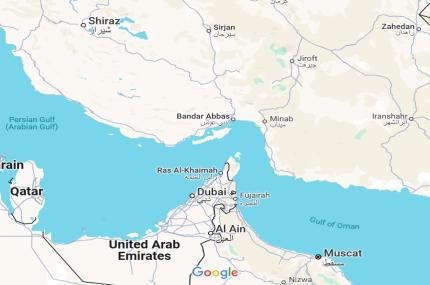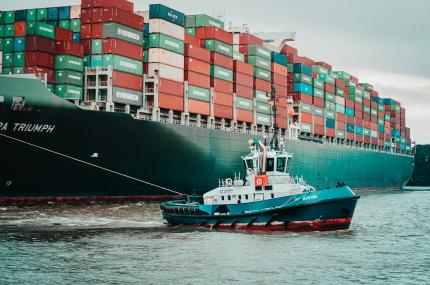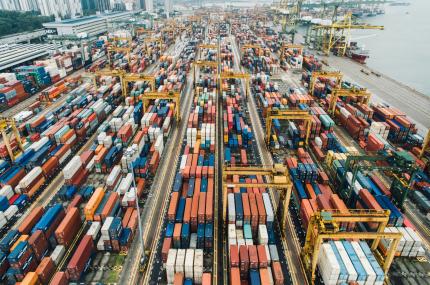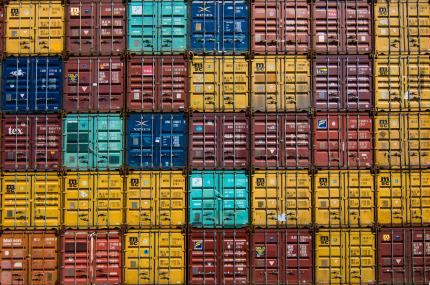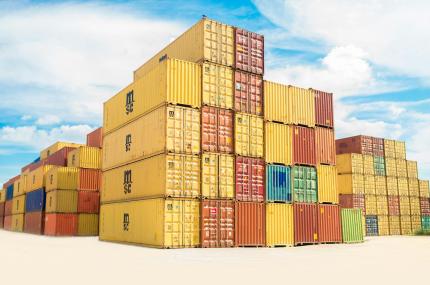Blog Detail
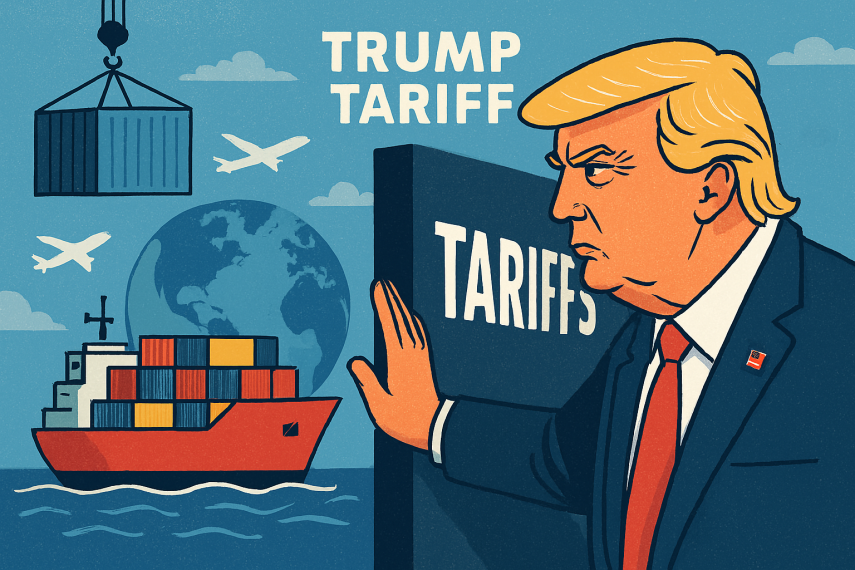
How supply chains and traders can handle Trump Tariffs
The evolving trade landscape under Donald Trump has placed global supply chains under pressure. Tariffs on imports from China, Vietnam, Europe, and even “friendshoring” countries like Canada and Mexico have forced companies to rethink sourcing strategies and international logistics operations. For businesses dependent on cross-border trade, handling this uncertainty requires more than short-term fixes—it requires a deep understanding of international trade and logistics.
Understanding the Tariff Challenge
Trump’s universal import tariff plan, starting at 10% and rising as high as 145% for certain Chinese goods, has disrupted traditional sourcing models[1]. US importers, not foreign exporters, bear the cost of these tariffs, which can devastate thin-margin businesses. For example, US toy manufacturer Learning Resources projected its import taxes could rise from $2.5 million to over $100 million annually[2].
Many companies initially embraced reshoring and nearshoring to reduce dependency on overseas production. Mexico and Canada briefly became top US trading partners, but Trump’s reciprocal tariffs on “friendly” countries shook that strategy. Businesses learned a critical lesson: supply chain resilience must include multi-country sourcing and flexibility in international logistics.
Strategies for Adapting Global Supply Chains
- Diversify Sourcing: Shifting production to Vietnam, India, or other countries can reduce tariff exposure. Learning Resources moved 16% of its production from China to Vietnam and India, though it required extensive factory vetting and training to maintain product quality[2].
- Use Free Trade Agreements (FTAs): Leveraging agreements like USMCA can lower tariff impact. Companies with knowledge in international trade compliance can use origin rules to minimize duties.
- Invest in Logistics Intelligence: Advanced shipment tracking, multi-port routing, and bonded warehouse strategies can reduce delays and avoid costly re-exports when tariffs shift suddenly.
- Scenario Planning: Firms should simulate multiple tariff outcomes. A flexible supply chain might use split sourcing across Asia, Europe, and North America to respond quickly to policy changes.
- Consider Training in International Trade and Logistics: Teams that understand Incoterms, customs compliance, and trade finance are better equipped to navigate tariffs without overpaying or missing market opportunities.
Turning Tariff Challenges into Opportunities
Some companies have used tariff volatility to gain a competitive edge. KULR Technology partnered with German Bionic to expand wearable robotics in North America, leveraging Taiwanese manufacturer Wistron’s US facilities to bypass certain tariffs[1]. Firms willing to adapt international logistics strategies often find new growth in volatile markets.
Conclusion: Prepare, Train, and Stay Flexible
Trump tariffs have shown that no supply chain is immune to trade shocks. Companies that invest in international logistics and trade expertise and supply chain resilience can adapt faster, avoid costly missteps, and even find opportunities in disruption. Whether through diversification, smart routing, or training your team, proactive preparation is the best shield against tariff turbulence.
Tip: Consider enrolling your supply chain team in a specialized International Trade and Logistics course or Supply Chain Resilience and Risk Management course to master the tools and strategies needed to navigate ongoing trade wars.



